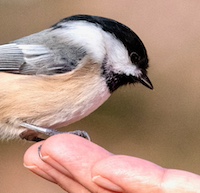Medway Gravel Pit Pond
The pond is on the property of an active quarry, but the area surrounding the pond is no longer being excavated. The pond and surrounding field attract a few migrating birds and create habitat for various plants and insects.
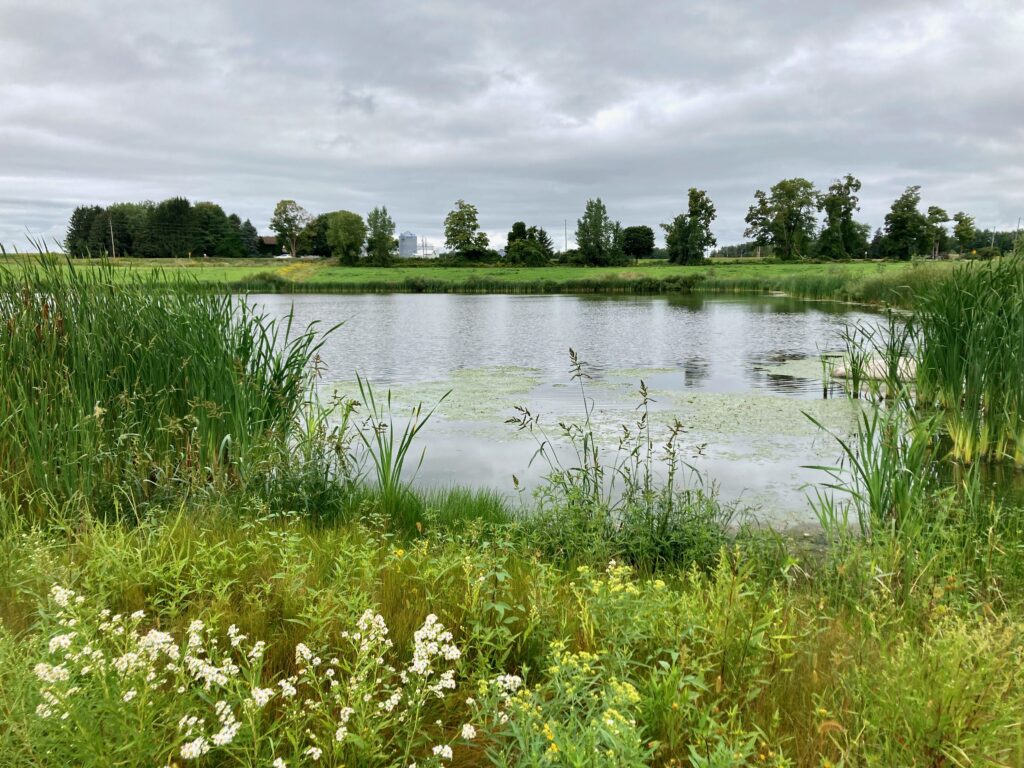
Despite our attempts to approach the pond quietly and cautiously, we managed to flush the Greater Yellowlegs wading at the pond’s edge and the Green Heron perched amongst the cattails. This made for distant shots of fleeing birds. The only bird to stay put was a Red-necked Grebe. Also diving in the pond were more than a dozen Double-crested Cormorants.
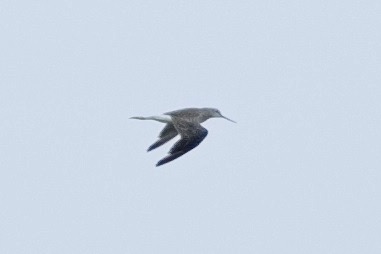
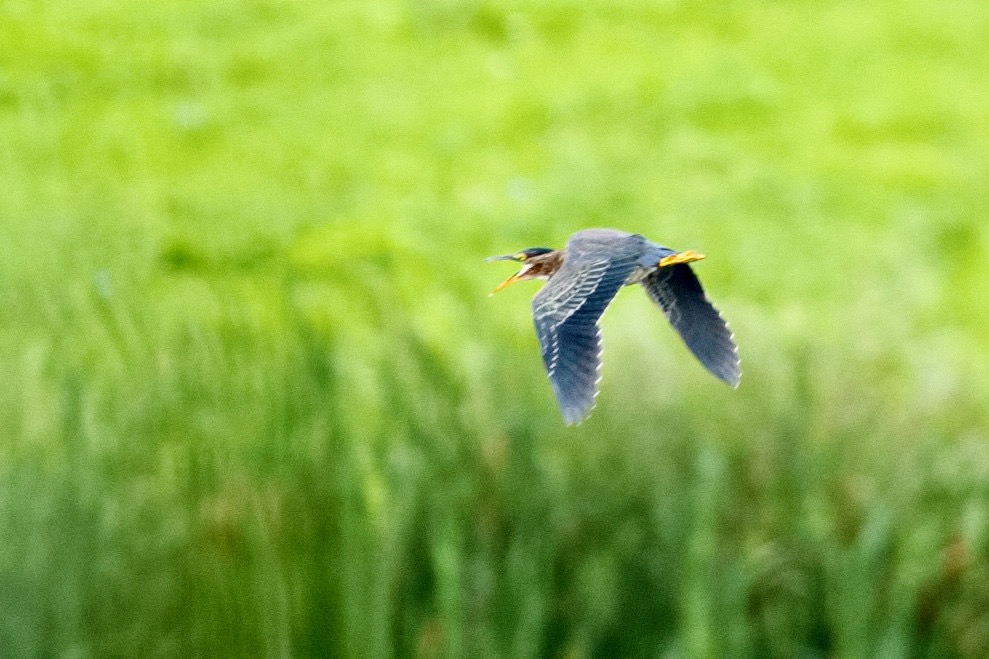
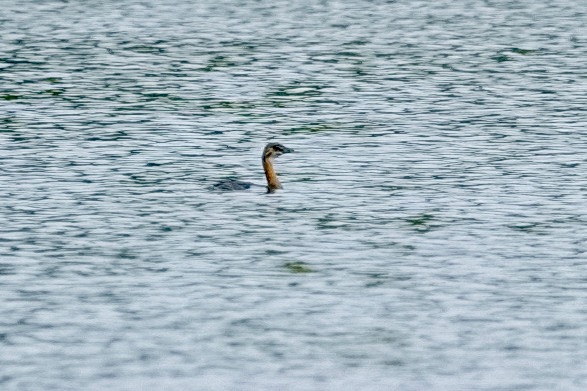
There were other fliers to see and photograph: Crane Fly, Northern Crescent, Meadowhawk, Monarch





There were some interesting wildflowers and a surprize fungus in the grassy field beside the pond: Butter-and-Eggs, Nodding Beggarticks (2 photos), Flat-topped Goldenrod, Rough Cocklebur, Panicled Aster, Pale Smartweed, Shaggy Mane (fungus)









Uplands Wetland
We went a short distance to the constructed wetland designed to capture water runoff from the surrounding housing development. The wetland includes a pond and a shallower marshy area that sometimes attracts migrating egrets, herons, shorebirds and other waterfowl. We were fortunate to find a few of each.

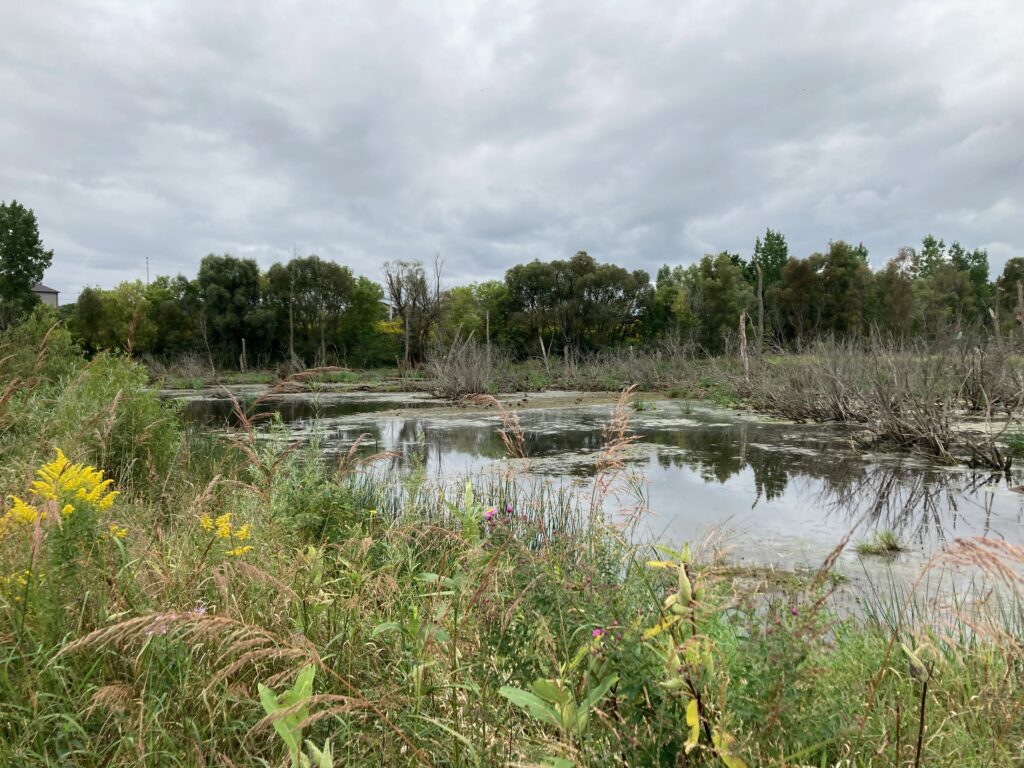
A Great Egret and a Great Blue Heron were wading and hunting in the pond.




Several Green-winged Teals foraged in the shallow water of the marshy area and preened while resting on the mud bars. Nearby, two Killdeer and a Solitary Sandpiper foraged, probing the mud with their bills. As always, there were Mallards and a few Canada Geese in the pond and wetland.





Midland Painted Turtles were basking on distant logs in the wetland.
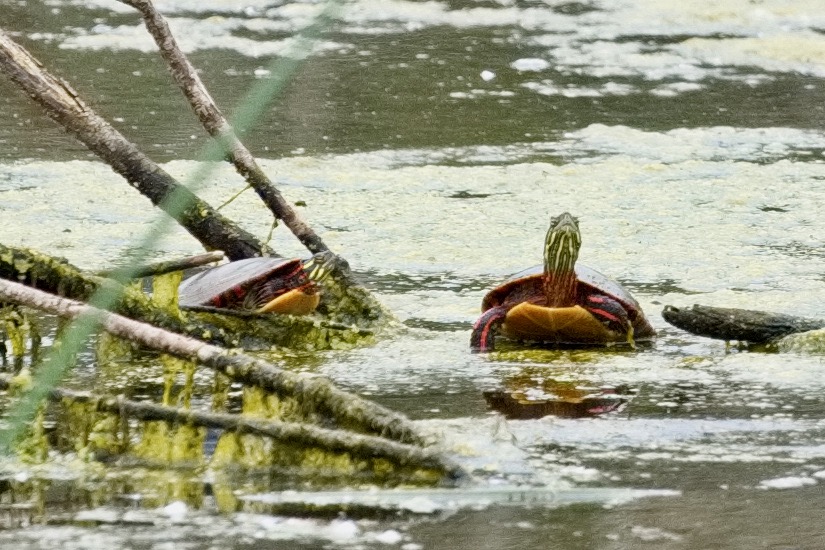
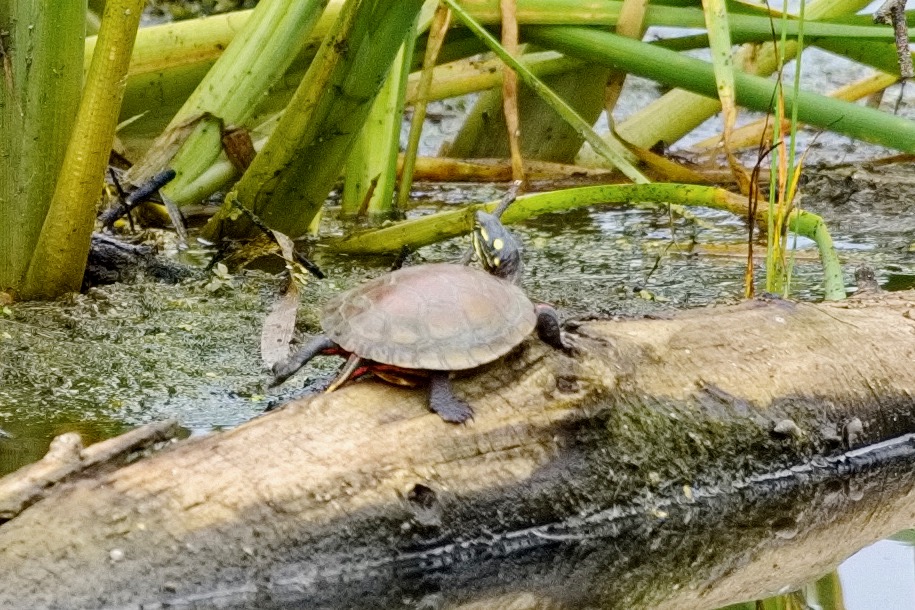
We heard the Belted Kingfisher before we saw it. It landed only briefly at the top of a snag and then was off again, emitting its rattling call.
https://www.allaboutbirds.org/guide/Belted_Kingfisher/sounds
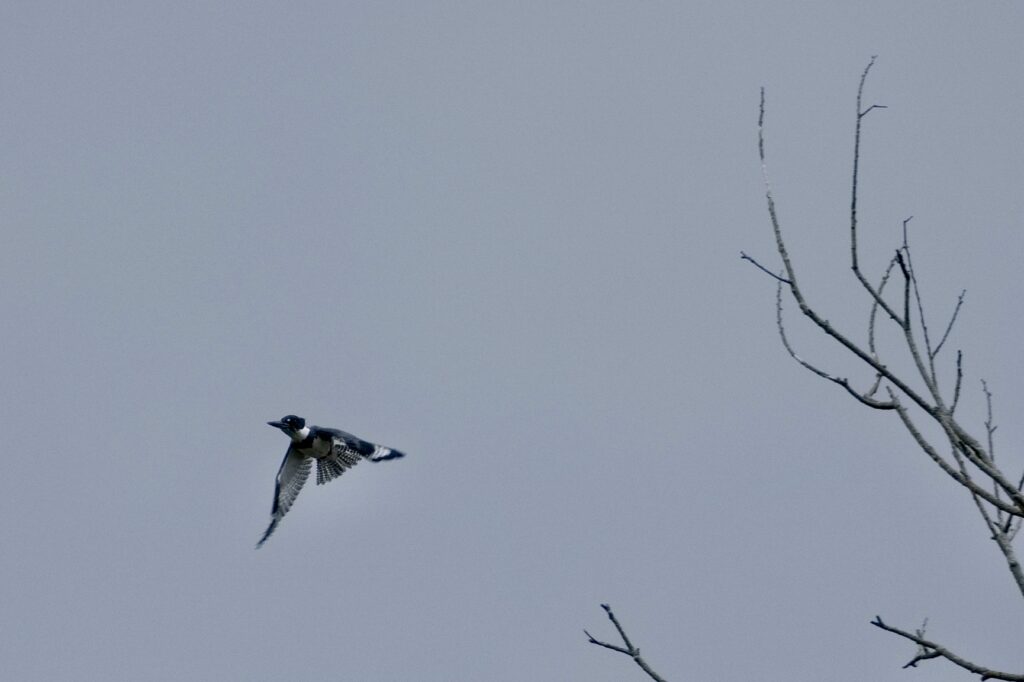
Guelder-rose is an introduced shrub that is loaded with red berries in the fall. It can be invasive and displace native shrubs and plants. Various varieties of goldenrod were in bloom, as well as New England Asters and Spotted Jewelweed. New England Aster is a native plant that blooms into October and attracts pollinators. Spotted Jewelweed is a native plant that grows in moist areas in woods and along creeks, riverbanks and ditches. Its nectar attracts birds, butterflies and bees. We recently saw Ruby-throated Hummingbirds visiting a patch of Spotted Jewelweed.



Click on the title (above) or the photo (below) to link to the Audubon website and access to these remarkable videos.
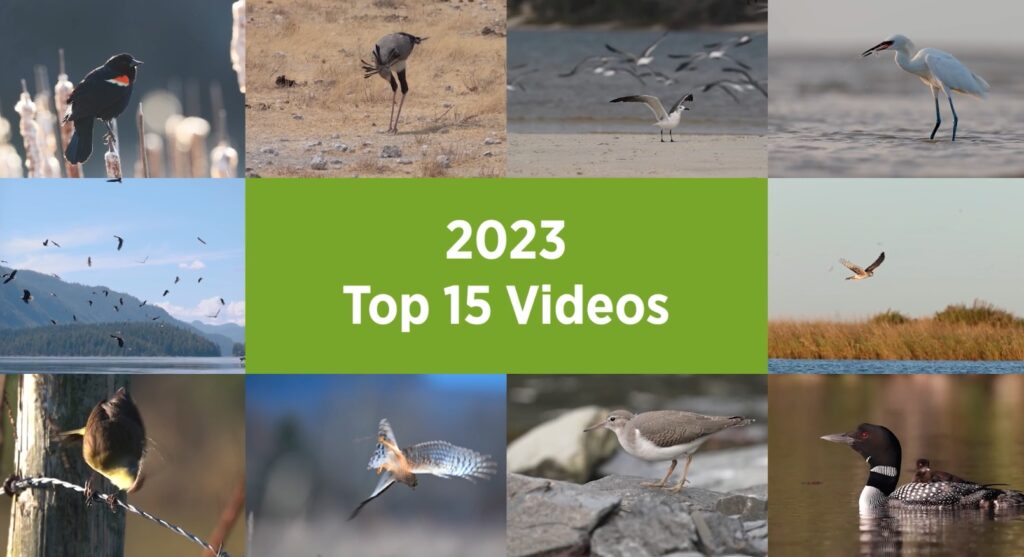
A SPECIAL EVENT
What an Owl Knows: An Evening with acclaimed author Jennifer Ackerman
The Prince Edward Point Bird Observatory’s month-long program, “Starry Nights with Saw-whets,” is fast approaching! PEPtBO is thrilled to announce an evening with Jennifer Ackerman — bestselling author of The Genius of Birds and acclaimed science writer. Join her and PEPtBO virtually on Wednesday October 18th at 7:00 PM for a webinar focussing on her new book, What an Owl Knows: The New Science of the World’s Most Enigmatic Birds (Penguin, June 2023). The book, a deep dive into the world of owls and the people who study them, has received rave reviews in a variety of media including The Globe and Mail, The New York Times, and The Guardian. Here’s an opportunity to listen to Ms. Ackerman’s stories, to see her remarkable photos, and to have the exclusive chance to ask questions following her presentation.
To register ($10), please visit: peptbo.ca/ackerman
(Purchasers may contact Cristina Petrucci, comms@peptbo.ca with further questions, as needed.)
Facebook: PEPtBO
Instagram: peptbo
X (formerly) Twitter: PEPtBO
Videos: Rock and Roll Saxophone
Clarence Clemons befriended Bruce Springsteen and played on stage immediately to his right for years.
Unfortunately, high quality videos of Clarence and Bruce are not available.
Here is Clarence leading a top house band.
When we went looking for a good version of Mitch Ryder and the Detroit Wheels tunes, guess who does it best.
Listening to these live shows, you sometimes have to work to hear the saxophone, even when it is as loud as the rest of the band. Here the saxophone takes the lead at 1:55. At 3:45 the song ends and there is some silly extra footage.
